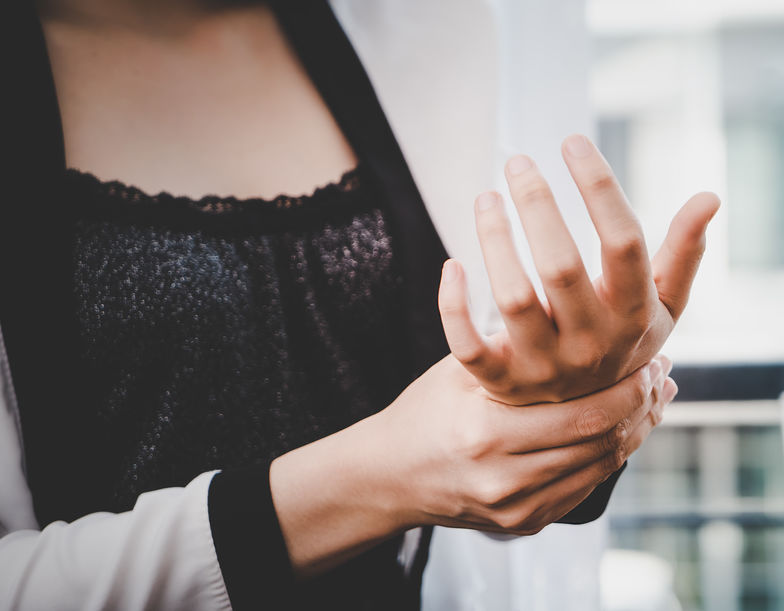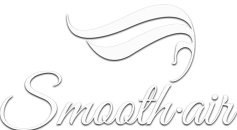
Dealing with hand and wrist pain? Most hair stylists do from time to time. But don’t ignore it — there’s a good chance it’s a sign of a potentially very serious health condition. A recent Modern Salon survey reported that 15% of salon professionals are diagnosed with carpal tunnel syndrome (CTS), and over 1/3 have concerns about the condition.
Carpal Tunnel?
So just what is it? An important nerve (the median nerve) passes through the wrist through the “carpal tunnel.” When that tissue becomes compressed or inflamed (typically through repetitive over-use) minor to very serious nerve damage causes you to feel the symptoms of numbness, tingling, weakness, or worse in your palm and fingers. Neglected, the pain can become disabling and untreatable.
A Special Risk for Stylists
Although it gained notoriety as a problem for heavy computer users, any repetitive hand motion can lead to carpal tunnel syndrome. So it’s a common condition among a wide variety of professions — food service workers, drivers, even artists and musicians. And it’s especially prevalent among hairdressers, who face a day filled with cutting, clipping, and blow drying.
Did You Know? Women are three times more likely than men to develop carpal tunnel syndrome. Other factors that increase the risk of developing the condition include age, pregnancy, and menopause.
What to Do — Treatment and Prevention
If you suspect that you have CTS, whatever else you do see a doctor for a proper assessment! Treatment often begins with over-the-counter anti-inflammatory medications such as ibuprofen or aspirin. But don’t self-diagnose! The next level includes diuretic medication as well as lidocane or prednisone to relieve swelling. A wrist brace reduces physical stress as well as the pain and pressure that goes with it, but it’s not a long-term solution. That’s because it can introduce strain in other parts of the hand. And eliminating wrist movement it makes styling all the more difficult!
If the condition isn’t resolves in about 6 months, surgery is usually the final treatment. It reduces the pain almost immediately, but a full recovery takes several months. With or without surgery, physical therapy is often an important part of the picture.
Of course prevention is far preferable over treatment. Here are a few tips stylists should follow, even if they’re currently pain-free.
- Learn and stick to correct hand, wrist, arm, and body positions.
- Use ergonomic tools such as crane-handle scissors. A lightweight blow dryer with an ergonomic grip is also important.
- Use your non-dominant hand (usually left) more and your dominant hand less.
Massage, yoga, and other exercises can also help in prevention and relief.
The SmoothAir T360
OK, you now have a great blow dryer. And are watching your hand and body positions. But you can do more, quickly and easily.
The T360 is a patented nozzle attachment that fits nearly all blow dryers. It’s unique swivel and tilt adjustments make it quick and easy to get the right angle for styling without awkward body positions. Its users experience less stress and less fatigue at the end of the workday. And that goes a long way in helping to prevent carpal tunnel syndrome, coping with its symptoms, and avoiding its return.

